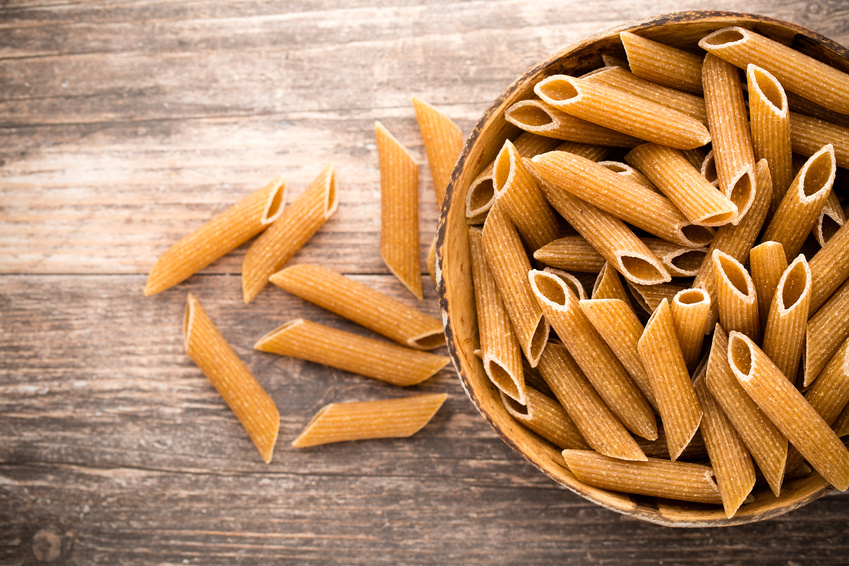Wheat has been a staple foodstuff for humans for centuries, and wheat flour is one of the main ingredients of traditional pasta. However, with more gluten-free diets becoming fashionable, together with a lack of genuine understanding of the subject, many people have started to question how healthy wheat pasta really is. Well, on its own it doesn’t raise cholesterol, it contains no unhealthy fats and it doesn’t lead to diabetes.
Unless you are wheat intolerant, it’s best not to go down the path of cutting wheat out of your diet. Pasta is a great source of the carbohydrates and nutrients we need for our body to work properly. And cooking pasta al dente reduces its glycemic index, which cuts out any sugar rush. Your aim should be to increase your energy expenditure while cutting down the amount of fat you eat, which will come from the accompanying ingredients rather than the pasta itself.
Besides wheat pasta, there are as many different kinds of pasta as there are cereals in the world. Rice pasta, for example, which is commonly used in Asian and Indian cooking, has more calories than wheat flour, as well as more carbohydrates, more fat, less protein and less fibre. However, it is gluten free, which makes it suitable for coeliacs, who can also eat pasta made from cornflour or potato flour, although these both have more calories than wheat flour.
Another thing worth bearing in mind is that wholewheat flours have more nutrients than refined flours. The less refined a flour is, the more fibre, protein and micronutrients and the fewer carbohydrates it has.
Want to find out more on this subject? Check out our article on pastas made from different kinds of flour.


